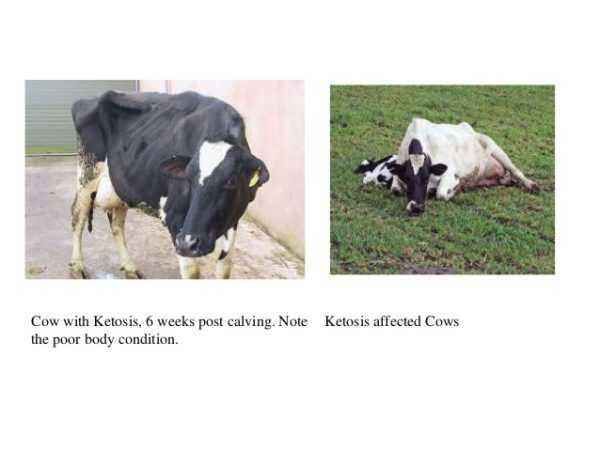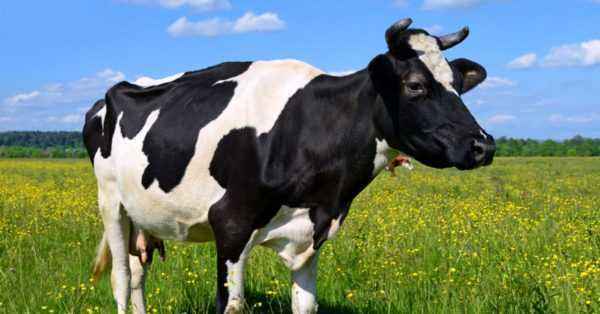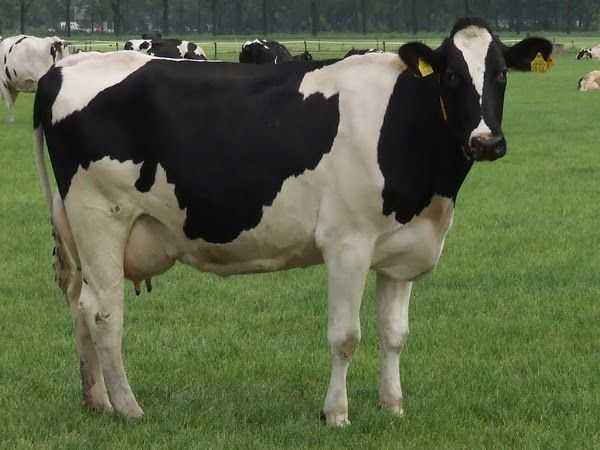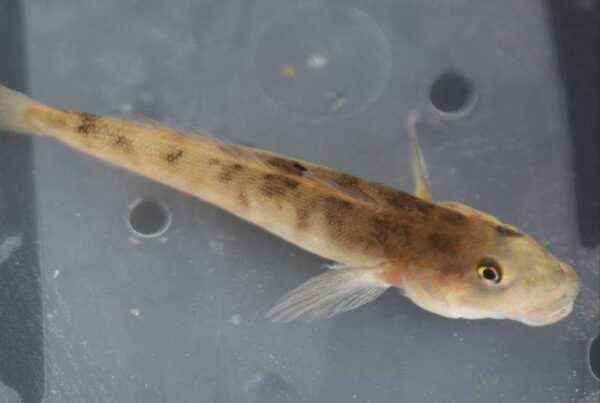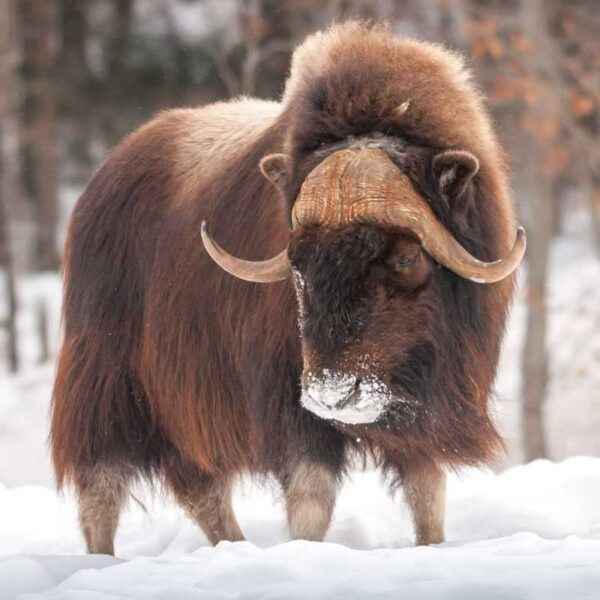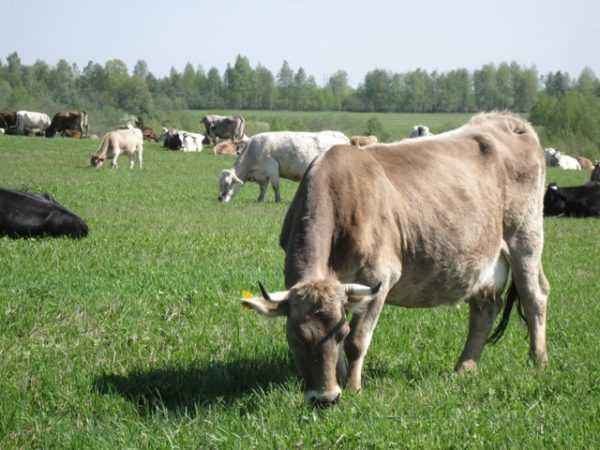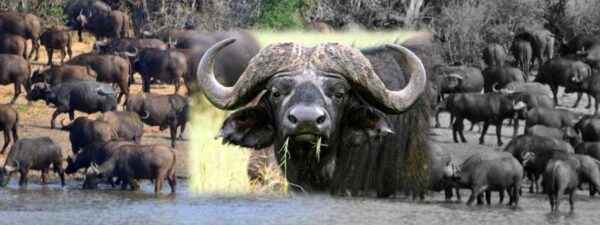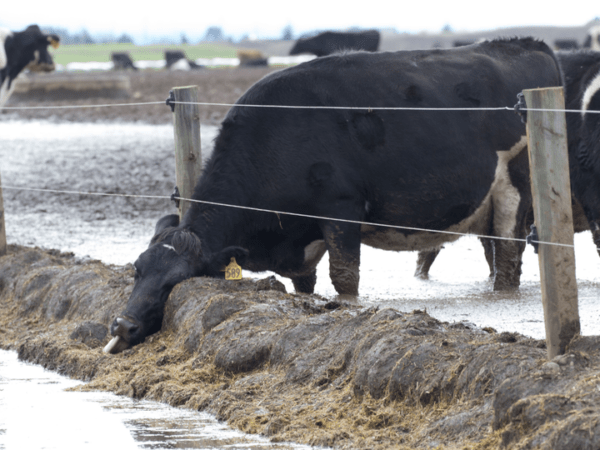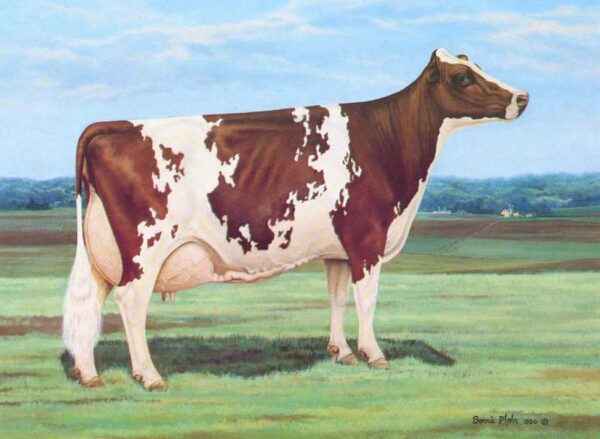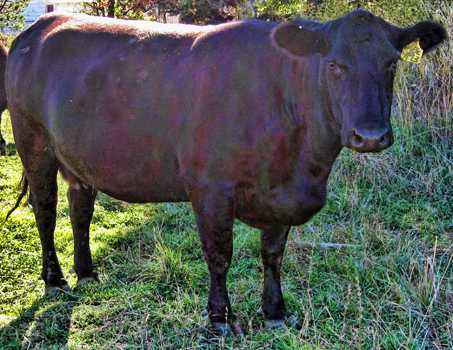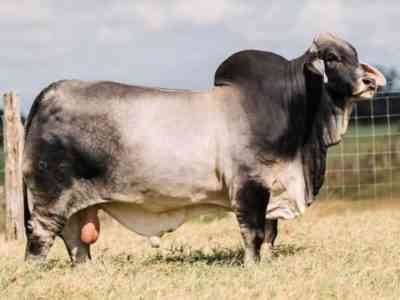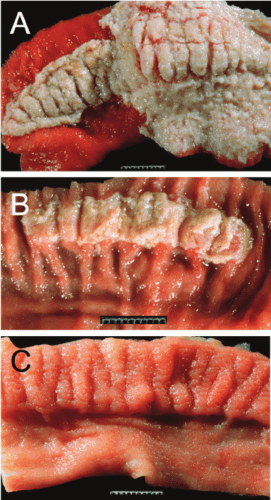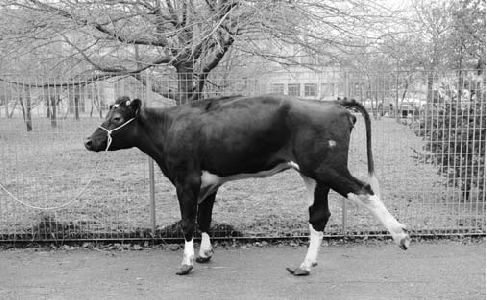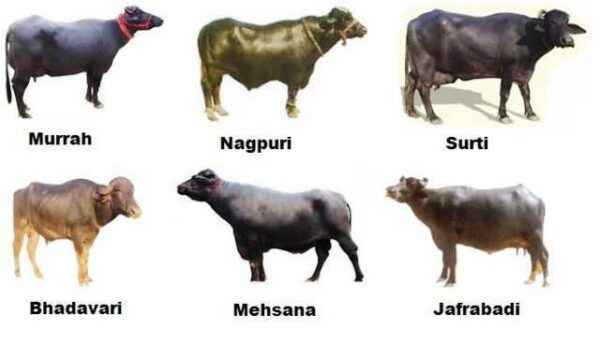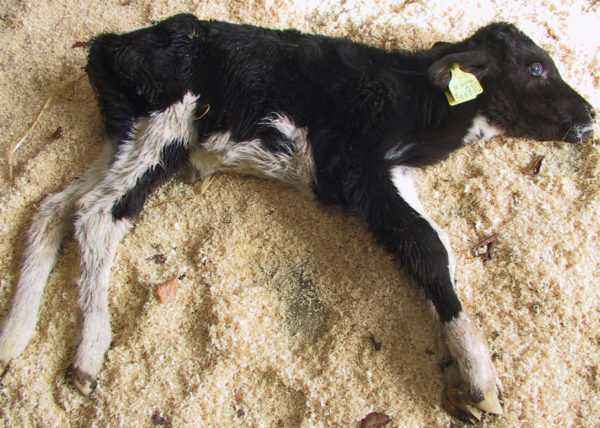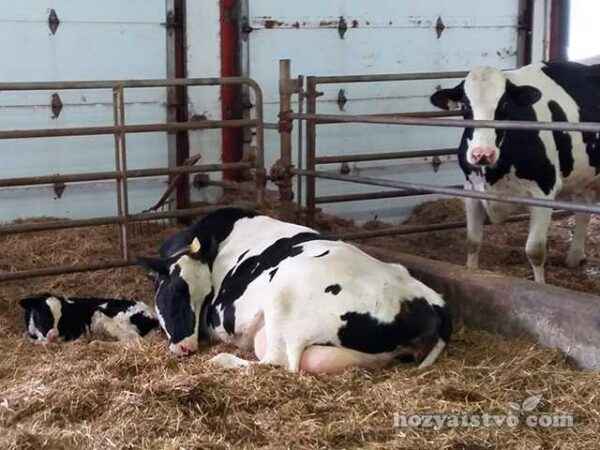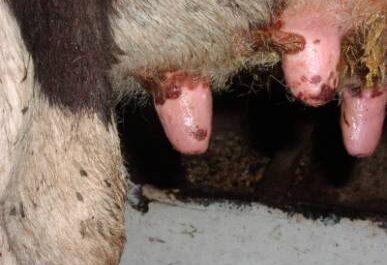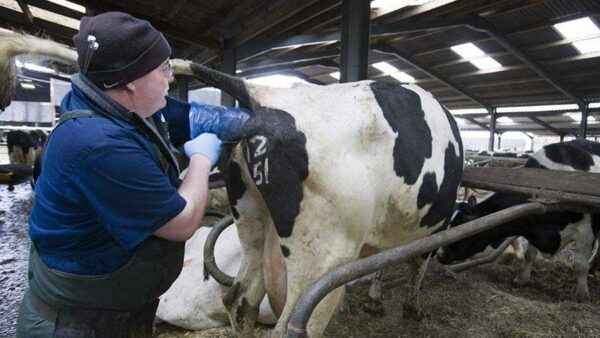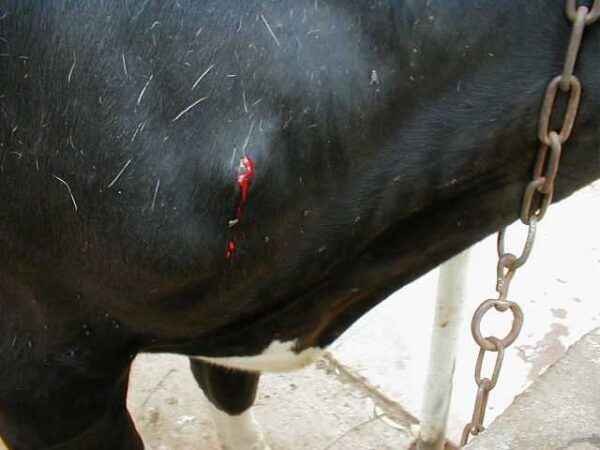The relatively young black-motley breed of cows has found its fans and has established itself in domestic animal husbandry.
- About black-and-white cows
- Exterior of black motley animals
- Productivity
- Meat performance
- Milk productivity
- Content Features
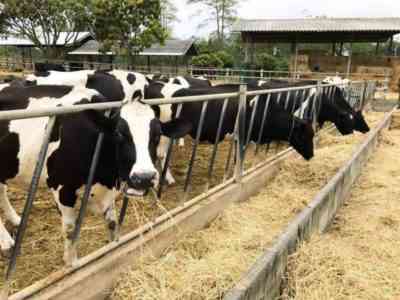
Black-motley breed of cows
About black- motley cows
The Russian black-motley breed of cows appeared after the 30s of the last century as a result of domestic breeding work in which crossbreeding of cattle from the Russian regions with representatives of the Dutch cattle came out. The breeding of a new cattle breed, new for Russia, took place in stages:
- various crossbreeds were originally obtained thanks to the use of Dutch burenki and bulls;
- subsequently, the specimens obtained from crossing were selected according to the required qualitative characteristics, improved their productivity and fixed at the genetic level the best qualities of the newly bred black-and-white cattle.
Initially black-and-white cows were susceptible to various diseases, not differing in high and stable immunity. They had a fragile physique, but high rates of milkiness.As a result of many years of breeding work by domestic scientists, animals have increased the body’s resistance to infections, improved health and improved quality of meat products produced.
The USSR Ministry of Agriculture recognized the black-and-white breed of cows as an independent branch in animal husbandry, approving standard in 1959.
Rapid growth in the popularity of cows came in the 60s of the last century, when the breed was improved, and the farms of Volgograd, Ryaz Ani, Novgorod, Tver and other Russian regions began to start black-and-white cattle in their livestock farms. Today, the distribution area of animals covers most of the Russian territory, starting in the west to the Pacific Ocean and ending with the northern borders in the direction of Kazakhstan. A milk cow found its fans, occupying a niche in the ranks with red-motley representatives, and outside our country. Its productivity is known in other states.
Exterior of black motley animals
A general description of the appearance of black-motley cattle covers the whole breed as a whole. The most characteristic feature of representatives of domestic cattle, which is difficult to miss in the photo, of course, is the color: spots of white color are randomly scattered on a black background covering the entire body of the animal.
In addition, the characteristics of these animals include a description of the main features characteristic of the breed:
- long head with an elongated muzzle and gray-colored horns crowned with dark tips,
- non-muscular foldable neck,
- of medium chest width, up to 0.7-0.75 m deep,
- flat dorsal section with a straight lower back and a wide sacrum,
- evenly spaced strong limbs,
- a voluminous abdominal cavity with a cup-shaped udder, in which the lobes are uneven and the nipples are located on a fairly close race standing apart.
A powerful, proportionally folded cow at the withers grows to 1.3-1.35 m. Among the motley cattle of this domestic breed, 3 fundamental types stand out.
- A prevailing species in the central region of Russia, which is distinguished by a larger body structure. The weight of these representatives reaches 0.55-0.65 tons in motley heifers and 0.9-1.0 tons in motley bulls. This type applies not only to dairy, but also produces meat.
- The Ural type is characterized by a dry body, which makes animals light and graceful in appearance.
- Siberian black animals are smaller in size than representatives from the center and do not differ in the density of the constitution of physique. The average weight of this type does not usually exceed half a ton.
In addition to the above types, in different farms there are:
- Holstein cow, which survived as an ancestor involved in crossbreeding for breeding black pestles, and spread to the territory of North America , thanks to good indicators of milk yield.
- Yaroslavl pestle, bred in the Yaroslavl region by selecting bright representatives for crossbreeding and distinguished today by its angularity and underdeveloped muscular constitution. However, now it is famous for its good fat content of milk being delivered.
Productive indicators
Every farmer who has such a suit of cows on the farm knows that it relates more to the dairy direction than to the meat one. But it’s also possible to get meat when breeding this cattle.
Meat productivity
Newborn calves weigh from 37 to 42 kg and, as lovers of a lot of food, are able to gain up to 0 daily , 6-0.8 kg. With intensive fattening, bulls and heifers gain weight by 1 kg per day.
When it comes to precocious breeds of cattle, a black-motley cow quickly gains weight and produces high-quality meat.
By reaching the age of 1.5 years, young bulls record weight indicators of up to 0.4 tons, the largest representatives by this time are approaching half a ton figures.
An adult has on its shoulders up to 1 ton of body weight .Slaughter yield from such animals is 50% or more.
Dairy productivity
Black-and-white cows living in different regions of Russia produce different amounts of dairy products. The size of the milk yield also depends on the conditions of the animals and their diet.
Breeding cattle in the central Russian regions often record a high rate of milk yield: up to 8 thousand kg per year. At the same time, the fat content of products obtained from black-and-white cows is more than 3.5% with a protein component of 3-3.2%.
Under normal conditions of keeping cattle, black-and-white breed provides stable productivity: – the average annual milk yield of high-quality milk is 3.0-3.5 thousand kg.
Burenki from Siberia are able to produce up to 6 thousand kg of milk per year with an average fat content of 3.7-3, 9% and protein about 3.2-3.3%.
In comparison with the residents of the center, the Burenka from the Ural region is somewhat behind its close relatives kov, fixing productivity lower: annual milk yield – up to 5.5 thousand kg, but their fat content often exceeds that of other types and varies about 4.0% with a protein of 3.45-3.47%.
Features of the content
One of the positive aspects of the maintenance of black-and-white cattle is In summer, the animals go on independent feeding on natural pastures without requiring additional costs for the owner.When winter comes, for unpretentious cows, feeding is reduced to a sufficient amount of hay and juicy additives. Often, domestic breeders raise black and white cattle because of good profitability when they want to have a constant profit from the sale of dairy and meat products.
For breeding, representatives of cattle of black-motley breed have a number of advantages and advantages that make it easy to care for them:
- currently bred livestock is characterized by good health and strong immunity,
- a motley cow easily adapts to new living conditions,
- cattle are of a moderately early type, capable of gaining good weight, muscle mass in a short time, spending on this average amount of feed and food additives,
- black and white breed of cows gives a high rate good productivity, characterized by good quality: lean meat is appreciated among consumers, milk has high quality characteristics of fat content and protein content.
In addition to the fact that this domestic breed has many advantages, reviews of breeders note it has some drawbacks that farmers would like to reduce by improving the quality of the breed, including:
- maximally close the types of black-motley animals to each other,
- increase livestock sizes,
- increase milking performance and product quality shares.
